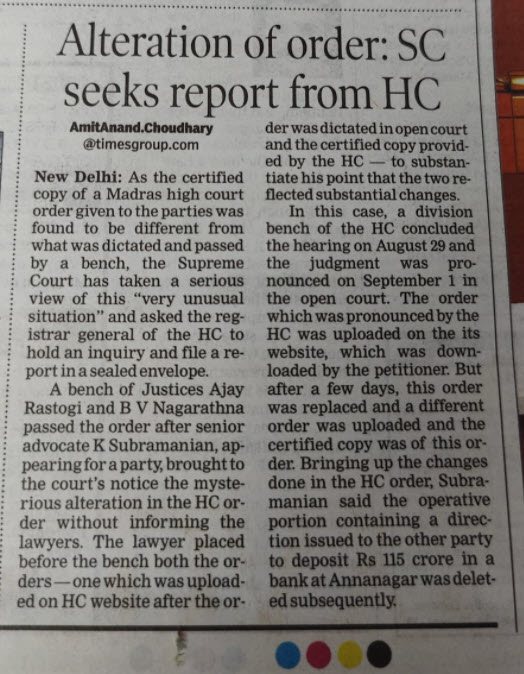Continued from previous Article
Let us continue our discussion on the New Telecom Bill with the chapter on offences. The Act has listed the offences under a Schedule and provided the general aspects under Chapter 11.
The Scheduled list of offences have offences listed as “Cognizable” and “Non Cognizable” and all offences are “Bailable”. This provision over rides Code of Criminal procedures. However no court can take cognizance of a non Cognizable offence except on a complaint made by the Central Government or the competent authority which may be notified by the Government. All offences shall only be tried by a Court not inferior to that of a Chief Metropolitan Magistrate or Chief Judicial Magistrate. Offences that are compoundable have also been identified in the schedule.
The liability for offences by companies can be extended to the employees who were responsible for the conduct of the business.
The list of offences are provided under Schedule 3.
While providing telecommunication service without a license is an offence punishable with imprisonment of 1 year, it is considered Cognizable and Non Compoundable. (fine upto Rs 50 lakhs)
Unauthorized access to a telecommunication network which could also qualify for an offence under ITA 2000 today again prescribes an imprisonment of 1 year only though it is cognizable and non compoundable. (fine upto Rs 50 lakhs).
Wilful contravention that is detrimental to national security is another cognizable and non compoundable offence but with 3 years imprisonment and fine upto Rs 1 crore.
Possession or use of any equipment which can jam the telecom signals is an offence leading to 3 years imprisonment, cognizable and compoundable.
Wilful tampering of telecom equipment (which could even apply to cutting of Cable of a Cable TV supplier) could result in imprisonment of 1 year and would be a cognizable and compoundable offence.
Strangely “Causing Damage through negligence to telecommunication infrastructure or network” is listed for a fine of Rs 50 lakhs under “Offences” but without any imprisonment term.
Similarly, use by any person of a facility for which the supplier may not have license could lead to a fine of Rs one lakh but no imprisonment is prescribed.
Unlicensed possession of a wireless equipment could be a non cognizable and compoundable offence with only a fine of Rs 50000/- for the first time and upto Rs 2 lakhs subsequently.
If a service provider impersonates a licensed entity, the offence would be punishable with 3 years imprisonment and fine of Rs 50 lakhs. It would be cognizable and non compoundable.
Contravention of the provisions of Section 33 which covers spamming and violation of Donot Disturb provision could lead to a fine for the first offence upto Rs 50,000 and Rs 2 lakhs thereafter. It would be non cognizable and compoundable.
Misrepresenting the identity availing a telecommunication service may be punished with an imprisonment upto one year and fine of Rs 50000/- with the offence being considered cognizable and compoundable.
In any other instance for which a specific penalty has not been provided, a fine upto Rs 25000/- may be imposed for the first time and Rs 50000/- thereafter.. It would be non cognizable and compoundable.
Thus we can observe that the description of offences in this Act differs from other Acts in certain respect and in some respects the punishment is less than what is applicable under ITA 2000 if we consider that access to a telecom equipment is equivalent to access to information residing there in.
Perhaps when the ITA 2000 is amended some of these changes like “Offence with fine only without imprisonment” may be included. Such contraventions go to the Magistrate Court as a criminal offence instead of the adjudication of a civil penalty. Whether this is advisable or not needs to be debated.
(To Be continued)
Naavi










